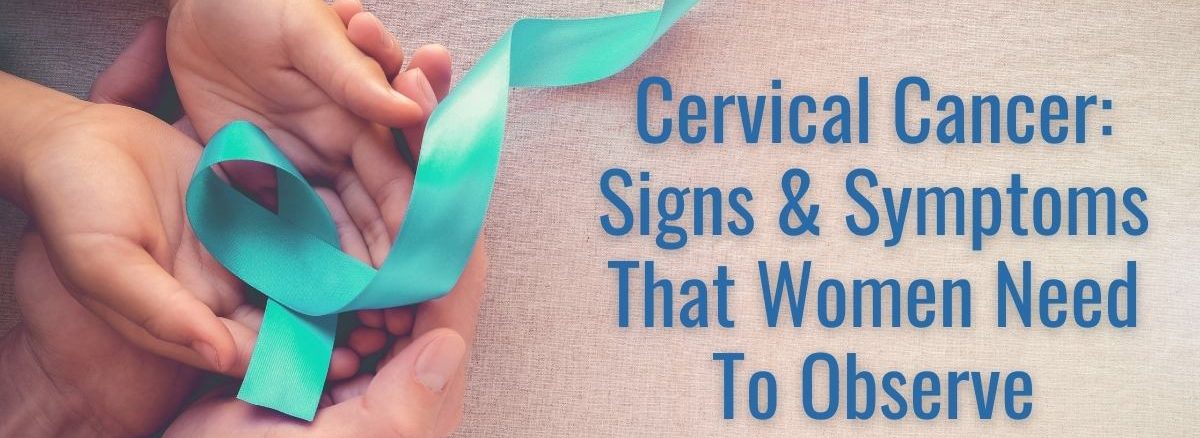Cervical cancer is completely curable and preventable, but only if detected early in its development. Tests such as the Pap smear have helped reduce the number of deaths due to this sexually transmitted infection;
Yet ignoring the early warning signs leads to many deaths – deaths that can be completely avoided with little knowledge and vigilance.
The cervix is the uterus’s lowest part this is the mouth of the uterus.
The lower part of the uterus is also often called the mouth of the uterus.
So, cancer that starts from here is called cervical cancer.
It is very different from uterine cancer which appears from the body of the uterus.
Cervical cancer is caused by a virus infection. This virus is called HPV-Human Papilloma Virus
This virus infects the cervix of the uterus.
This later causes cervical cancer let us tell you here that not all HPV viral infections of the cervix are cervical cancer. Only a few of them develop cervical cancer.
Most of these HPV infections go away on their own due to the woman’s immunity.
That is why it is very important to have good immunity to fight not only this cancer but any cancer.
Signs & Symptoms of Cervical Cancer
The symptoms of this disease are much more subtle than some other cancers but still can be clearly seen to save lives. Here are 8 symptoms of cervical cancer that women need to pay attention to.
- Unusual Bleeding
- Unusual Discharge
- Pain in legs and lower back
- Pelvic Pain
- Painful Sex
- Difficulty in urination
- Irregular Menstrual Cycle
- Unreasonable Loss of Weight and Fatigue
Unusual Bleeding
The most common of all early symptoms may indicate abnormal bleeding between menstrual cycles or trouble after intercourse. This symptom is even more prominent in postmenopausal women.
Unusual Discharge
It is normal for women to have a small amount of clear and odourless discharge. But beware of foul-smelling and irregular-looking discharge, especially if it is an increased production as it can be an early sign of cervical cancer.
Pain in legs and lower back
With swelling in the cervix, blood flow to the legs and lower back may be obstructed. This often leads to pain and swelling in the legs and aching, aching lower back. Swelling in the ankles and pain in the hips can also be attributed to this factor and should not be ignored.
Pelvic Pain
Pelvic cramps and pain are not uncommon for women, especially at certain points in their menstrual cycle. But if the pain is more intense or frequent, lasts longer than usual, or comes at an odd point in your cycle, it’s best to get checked out by your doctor.
Painful Sex
Painful sex, called dyspareunia, is a common side effect of cervical cancer and can be attributed to the swelling and discomfort caused by the infection, as well as to other medical conditions associated with it. If you’re experiencing uncomfortable or painful sex, don’t waste time getting a thorough test.
Difficulty in urination
Urinary symptoms may indicate that cancer has spread to nearby tissues and should not be ignored. Stinging or other discomforts when urinating is a clear sign of trouble, as are irregular urinary habits such as incontinence, changes in frequency and discolouration (especially with blood).
Irregular Menstrual Cycle
Your menstrual cycle can directly reflect the rhythm and position of your body, and thus cervical cancer can cause fluctuations and disruptions. Any marked anomalies can be a sign of cervical cancer and should not be ignored.
Unreasonable Loss of Weight and Fatigue
Along with the other symptoms listed above, heavy and unexplained weight loss and fatigue can indicate cervical cancer. Cervical cancer can cause an increase in the number of white blood cells to fight infection. This may be accompanied by a drop in the red blood cell count in the blood, which can lead to anemia and result in loss of energy or appetite, weight loss, and fatigue.
Also Read: Polycystic Ovarian Syndrome (PCOS): Symptoms, Causes and Diagnosis


